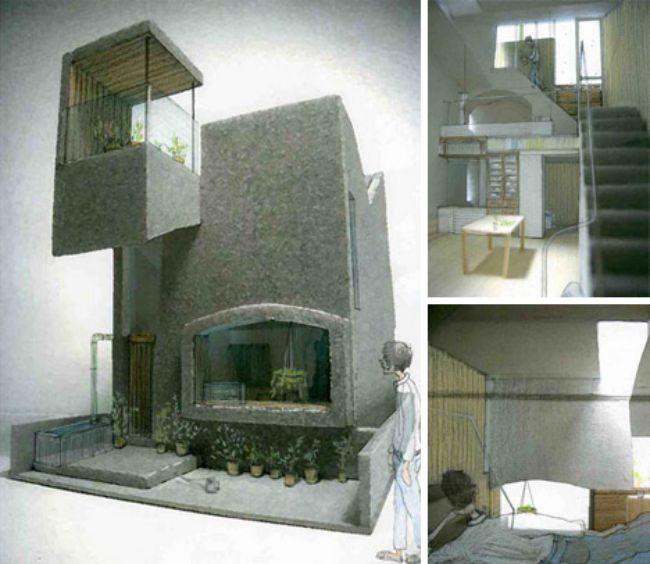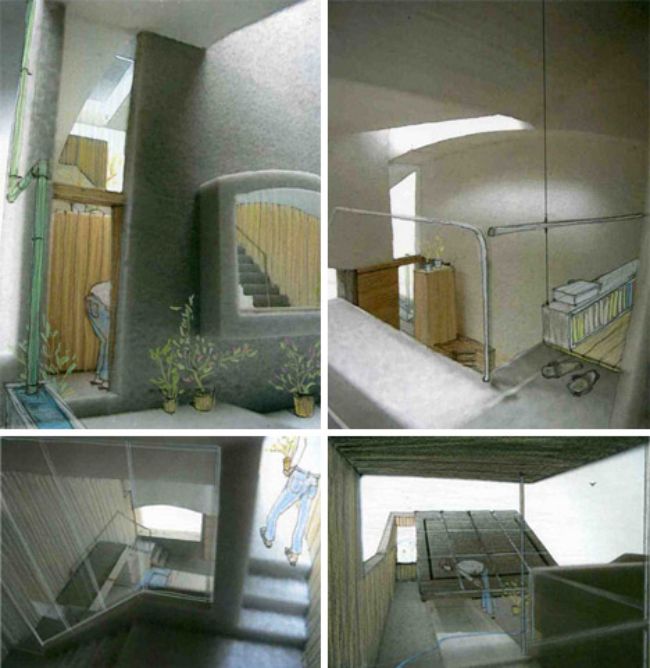Has Digital Rendering Made Architectural Drawing and Modeling Obsolete?
Gone are the times of the actually-blue print and waning are the days of drawing architecture by hand. Today, more models than not are also programmed into a computer and, with the press of a button, generated by a laser-cutting or similar machine. Technology has made all kinds of amazing things possible for architects, but what is being lost along the way … and are there still designers who will rise to the challenge of mixing real-life models and architectural drawing with new-school digital design programs like CAD?

Ryoko & Keisuke Masuda have been featured here before – photographs of their built works shown alongside analysis – but what about the idea-generating pre-construction documents? Here is another (as yet unbuilt) home they designed and illustrated using a mixture of media to not only explore the spaces being conceived but to communicate the sensation of actually living there to a client – a life-like three-dimensional and experiential sequence told in two dimensions.

Plans, sections, elevations and even perspective drawings are not always enough – and despite computer-program advances there is still something missing from many 3D digital renderings. Ask any artist: the tools used to craft a given work have a good deal to do with the finished form that results.
Only time will tell what kind of hybrids the future holds (both in terms of building technologies and approaches to representation) but you can bet that the most compelling architects of the coming generation will reach across the gap and use creative techniques old and new. The approaches that last will almost certainly manage to somehow bridge the divide and become both timeless and contemporary at the same time.

If you love this design duo’s sensibilities, you’re going to want to check out the rest of their work. We previously featured their cylinder-shaped home, a surprising design with a tiny footprint fit for Japan’s tiny urban lots.




